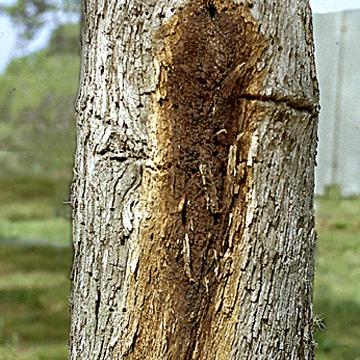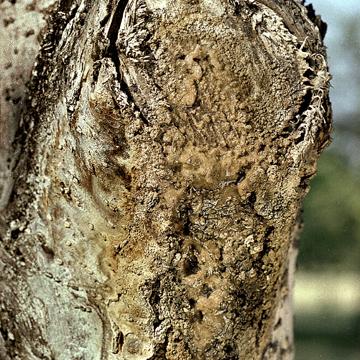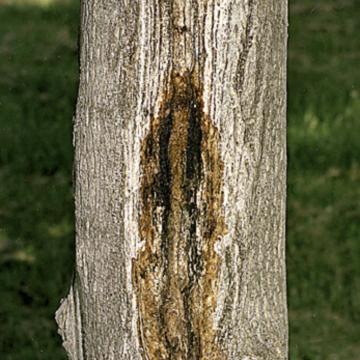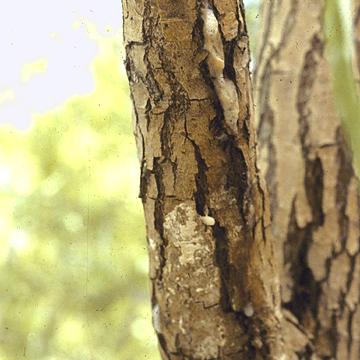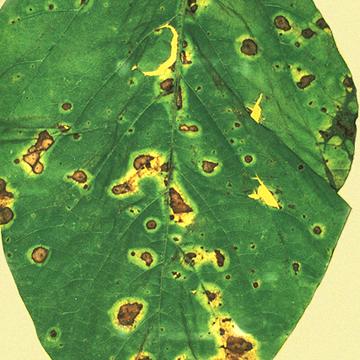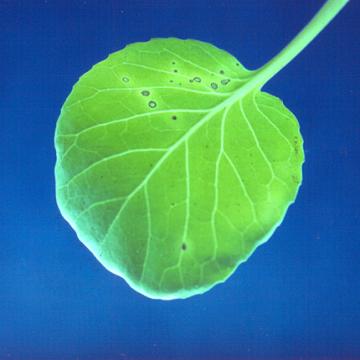DISEASE: Slime flux
HOST: Casuarina
Slime flux occurs on a number of tree species and is always associated with bacteria and yeast. However, the causal agent has not been identified.
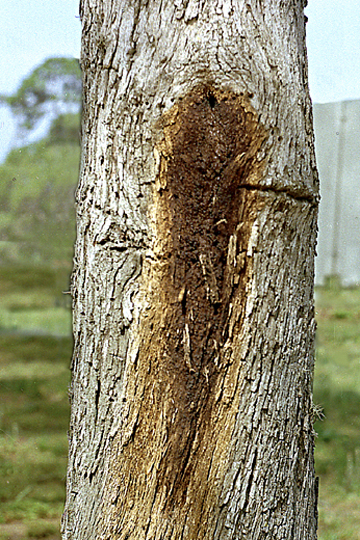
Slime flux | Casuarina
DISEASE: Slime flux
HOST: Casuarina (Casuarina equisetifolia)
PATHOGEN: Causal agent unknown
SOURCE: W. Sinclair
DISEASE: Slime flux
HOST: Elm
Although bacteria are associated with slime fluxes of many trees, the causal agents have not been identified.
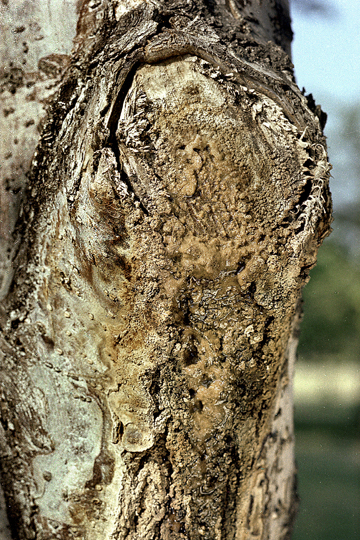
Slime flux | Elm
DISEASE: Slime flux
HOST: Elm (Ulmus pumila)
PATHOGEN: Causal agent unknown
SOURCE: W. Sinclair
DISEASE: Slime flux
HOST: Maple
The causal agent of slime flux has not been identified.
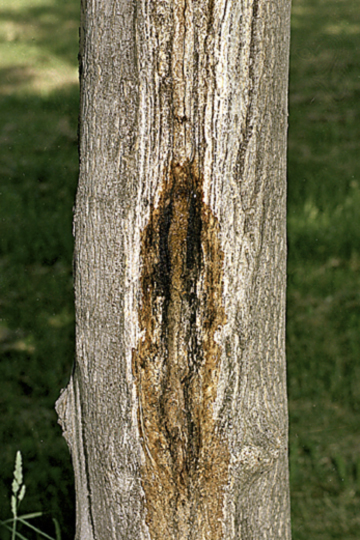
Slime flux | Maple
DISEASE: Slime flux
HOST: Maple (Acer saccharum)
PATHOGEN: Causal agent unknown
SOURCE: W. Sinclair
DISEASE: Slime flux
HOST: Willow
Foam at site of infection. Slime fluxes are common but the causal agent has not been identified.
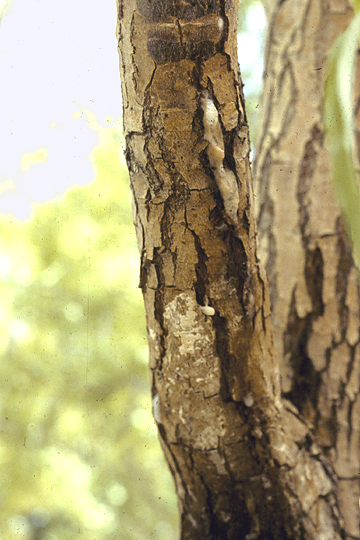
Slime flux | Willow
DISEASE: Slime flux
HOST: Willow (Salix sp.)
PATHOGEN: Causal agent unknown
SOURCE: S. Thomson
DISEASE: Wildfire
HOST: Soybean
Close-up of lesions with large, yellow halos.
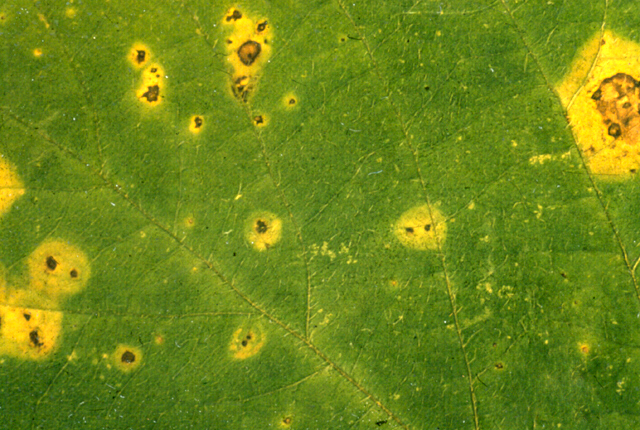
Wildfire | Soybean
DISEASE: Wildfire
HOST: Soybean (Glycine max)
PATHOGEN: Pseudomonas syringae pv. tabaci
SOURCE: J. Forsberg, M. Shurtleff
DISEASE: Wildfire
HOST: Soybean
Leaf with brown necrotic spots with yellow halos. During dry weather, lesions become dry and dead areas tear off, leaving a tattered appearance.
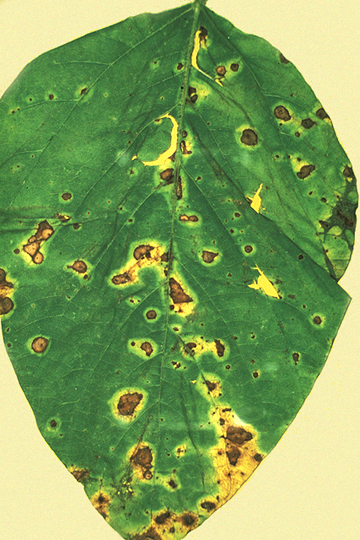
Wildfire | Soybean
DISEASE: Wildfire
HOST: Soybean (Glycine max)
PATHOGEN: Pseudomonas syringae pv. tabaci
SOURCE: D. Teakle
DISEASE: Xanthomonas leaf spot
HOST: Cabbage
Cabbage leaf with small lesions. Lesions may enlarge and coalesce, causing distortion. Stem lesions are black and sunken and may cause death of the plants.
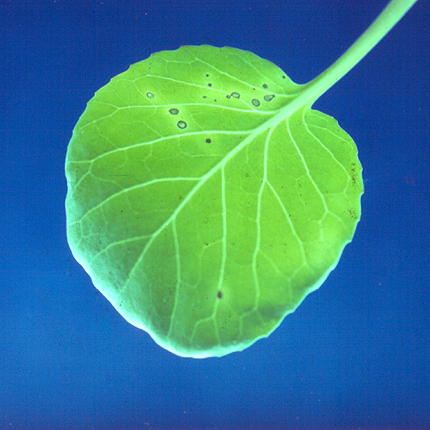
Xanthomonas leaf spot | Cabbage
DISEASE: Xanthomonas leaf spot
HOST: Cabbage (Brassica oleracea var. capitata)
PATHOGEN: Xanthomonas campestris pv. raphani
SOURCE: R. Gitaitis


